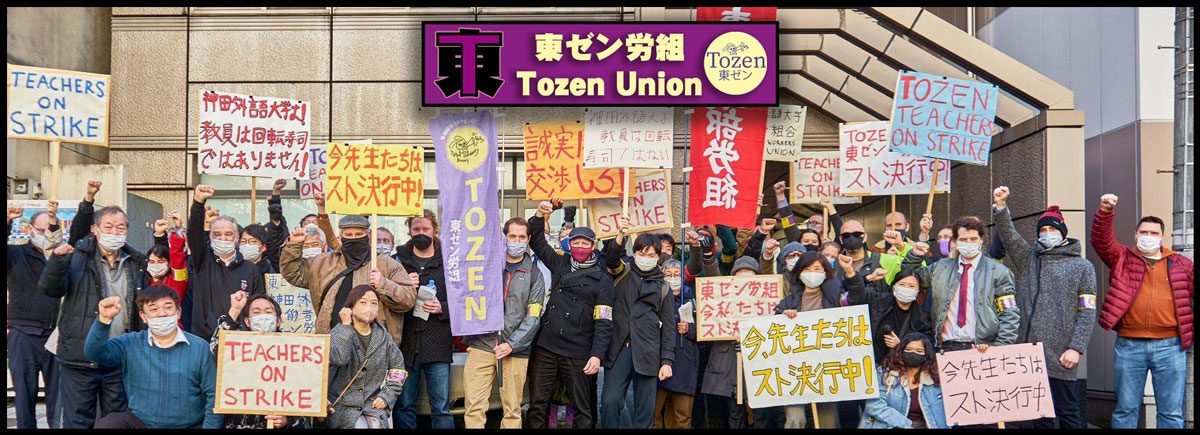Three Chinese women working in a training program fled their workplace in Aomori Prefecture early Monday and contacted labor authorities to complain of poor conditions, The Yomiuri Shimbun learned.
The trainees came to Japan two years ago and have worked at a small sewing factory in Misawa in the prefecture.
The three women complained of working 13 hours a day, with their overtime pay falling short of the stipulated minimum wage, and rarely being allowed to use heaters even in midwinter at the company dormitory, which is a refurbished garage.
The three told the Yomiuri they could not bear the situation any longer with winter approaching.
Just after 5 a.m., the three trainees, each carrying an overnight bag, ran from the dormitory in front of the factory to a car driven by a member of a Fukui-based organization supporting foreign workers.
About two months before, the three telephoned the organization, after reading about it in a Chinese newspaper, and made plans to flee.
One of the trainees, a 32-year-old woman from Shanghai, said: “I came to Japan to earn money. I’ve been a migrant worker at sewing plants in Saipan and the United Arab Emirates, but I wasn’t treated this badly.”
http://www.yomiuri.co.jp/dy/national/20061114TDY02009.htm
